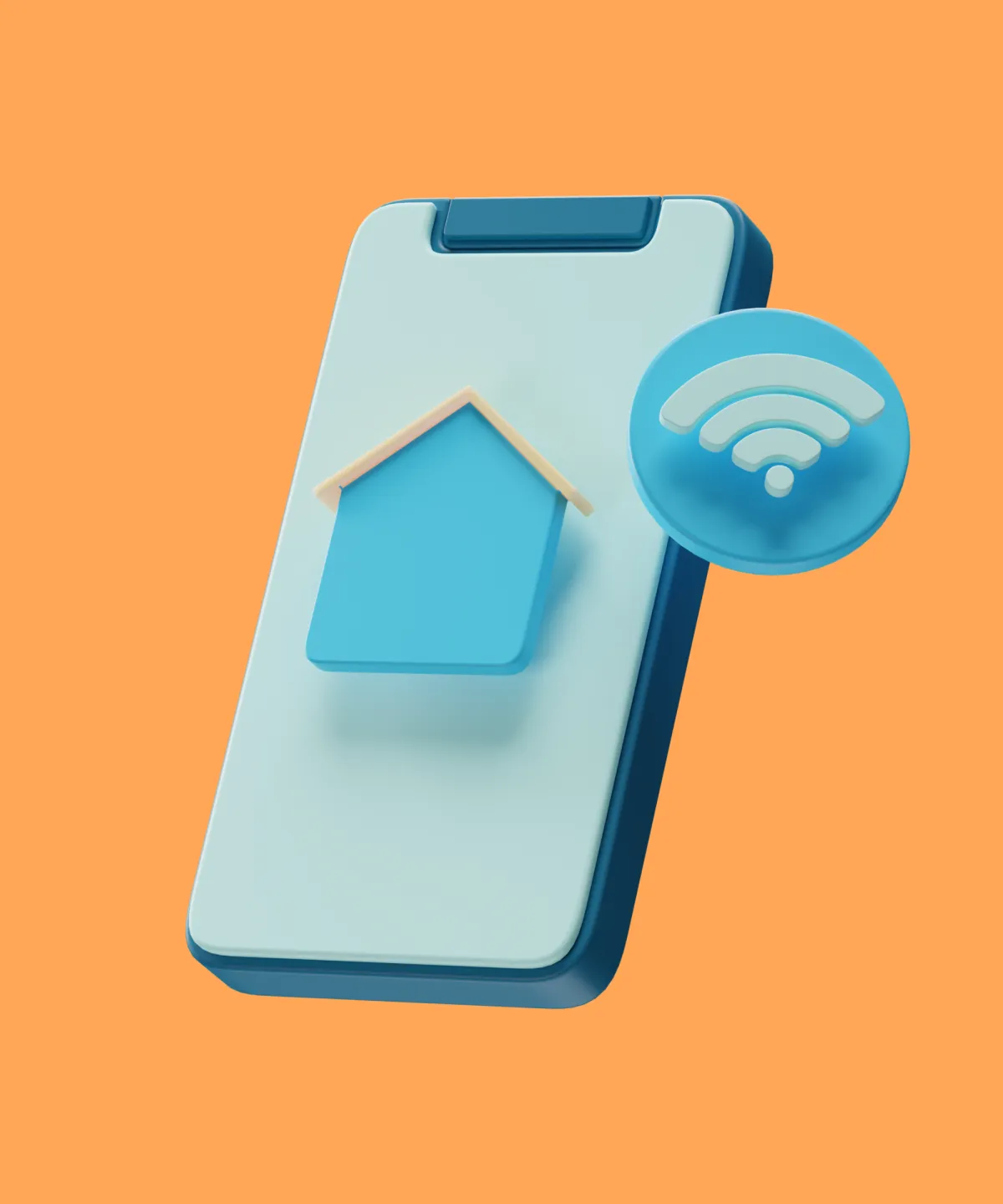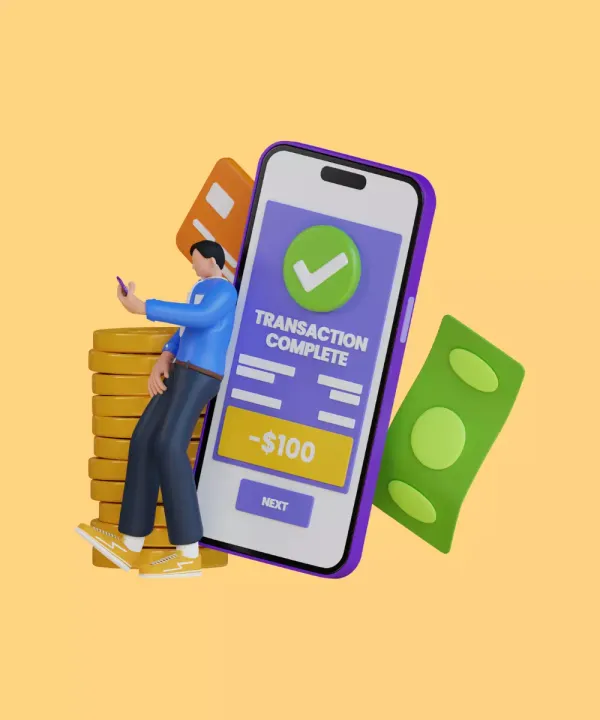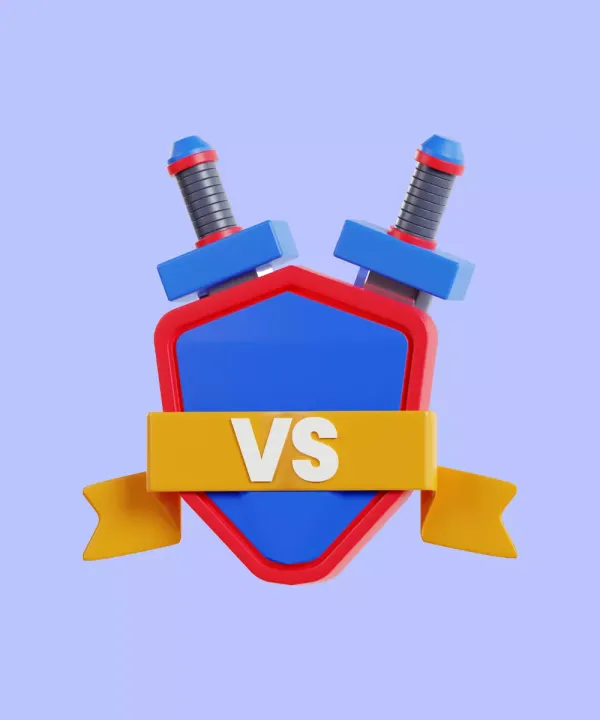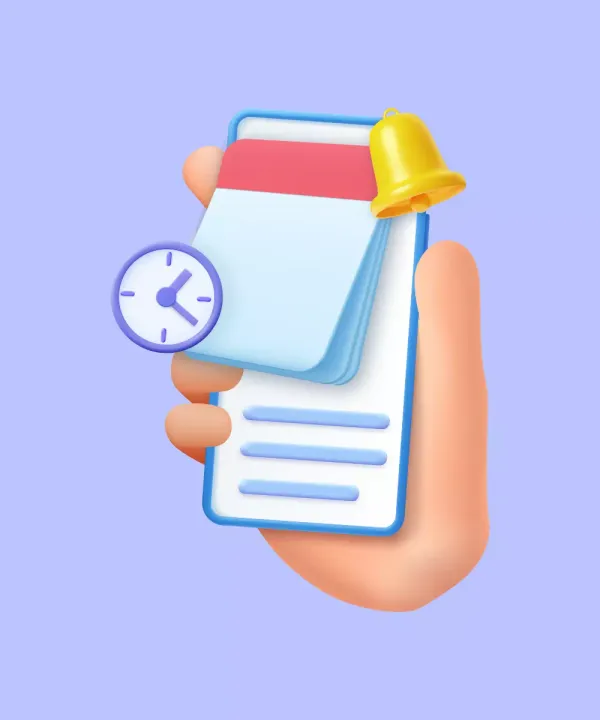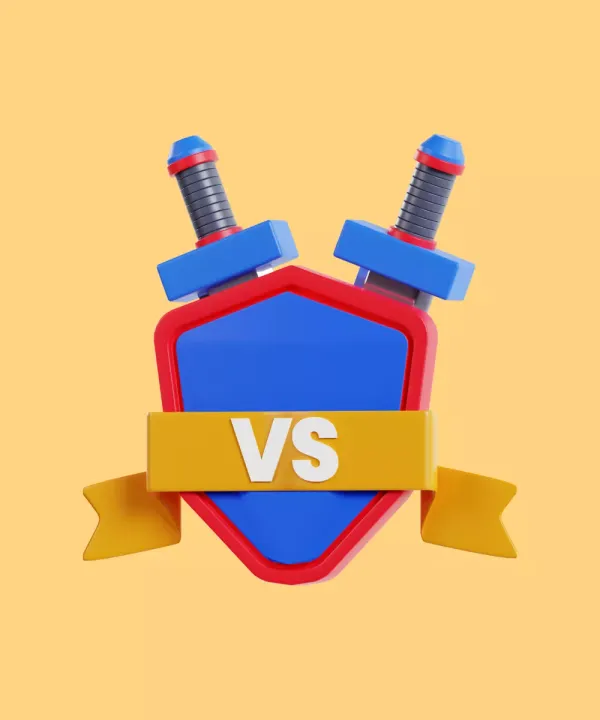In today's rapidly digitizing world, our homes aren't just places to live; they're evolving into dynamic ecosystems. Smart Home technologies, characterized by interconnected devices that offer automation, efficiency, and convenience, have taken center stage. These innovative solutions, however, would remain inaccessible without the digital interfaces that govern them: smart home apps. The demand and significance of Smart Home app development have skyrocketed, making it an exciting and necessary realm for developers and tech enthusiasts worldwide.
Understanding Smart Home App Development
Smart Home App Development revolves around creating applications that facilitate control, management, and automation of household devices and systems. These apps, designed for smartphones, tablets, or computers, enable users to interact with their home’s various smart devices. Whether it's adjusting the thermostat, locking the doors, or surveilling security cameras, these apps are the conduits to a smarter living experience.
The evolution
Tracing back to the early 2000s, the foundation for smart homes was set with rudimentary automated systems and basic remote controls. However, the boom of the smartphone era and the proliferation of IoT (Internet of Things) devices in the past decade have redefined the landscape. With more devices becoming 'smart', interconnected, and user-friendly, the demand for comprehensive and integrated applications grew exponentially. Today, Home Automation App Development is not just about device control; it's about delivering an enriched, unified, and seamless user experience.
Distinctive Features of Smart Home App Development
User customization
Every home and homeowner is unique, and smart home apps should reflect that individuality. User customization is at the heart of Smart Home App Development, allowing users to tailor their experience based on preferences, routines, and behaviors. Whether it's creating specific lighting moods, setting temperature preferences, or customizing security alerts, personalization ensures that the app truly feels like an extension of the home.
Real-time monitoring and controls
Today's homeowners seek instantaneity. The capability to monitor and control home devices in real-time is not a luxury but a necessity. Be it watching live footage from security cameras, adjusting thermostat levels on the fly, or turning off lights remotely, real-time operations enhance the user experience, providing comfort and peace of mind.
Integration capabilities
The strength of a smart home app lies in its ability to seamlessly integrate with a myriad of devices. A unified platform that can connect the living room's smart TV to the kitchen's refrigerator or the bedroom's smart bulbs signifies holistic home automation. Integration is paramount, ensuring that users don't juggle between multiple apps but have a singular, integrated control center.
Security and data protection
With great connectivity comes the pressing responsibility of security. Smart home apps have access to sensitive user data, from personal schedules to security camera footages. Ensuring end-to-end encryption, robust authentication mechanisms, and stringent data protection policies are non-negotiable features. A user's trust hinges on the app's ability to keep their data and home secure.
Key Smart Home Platforms
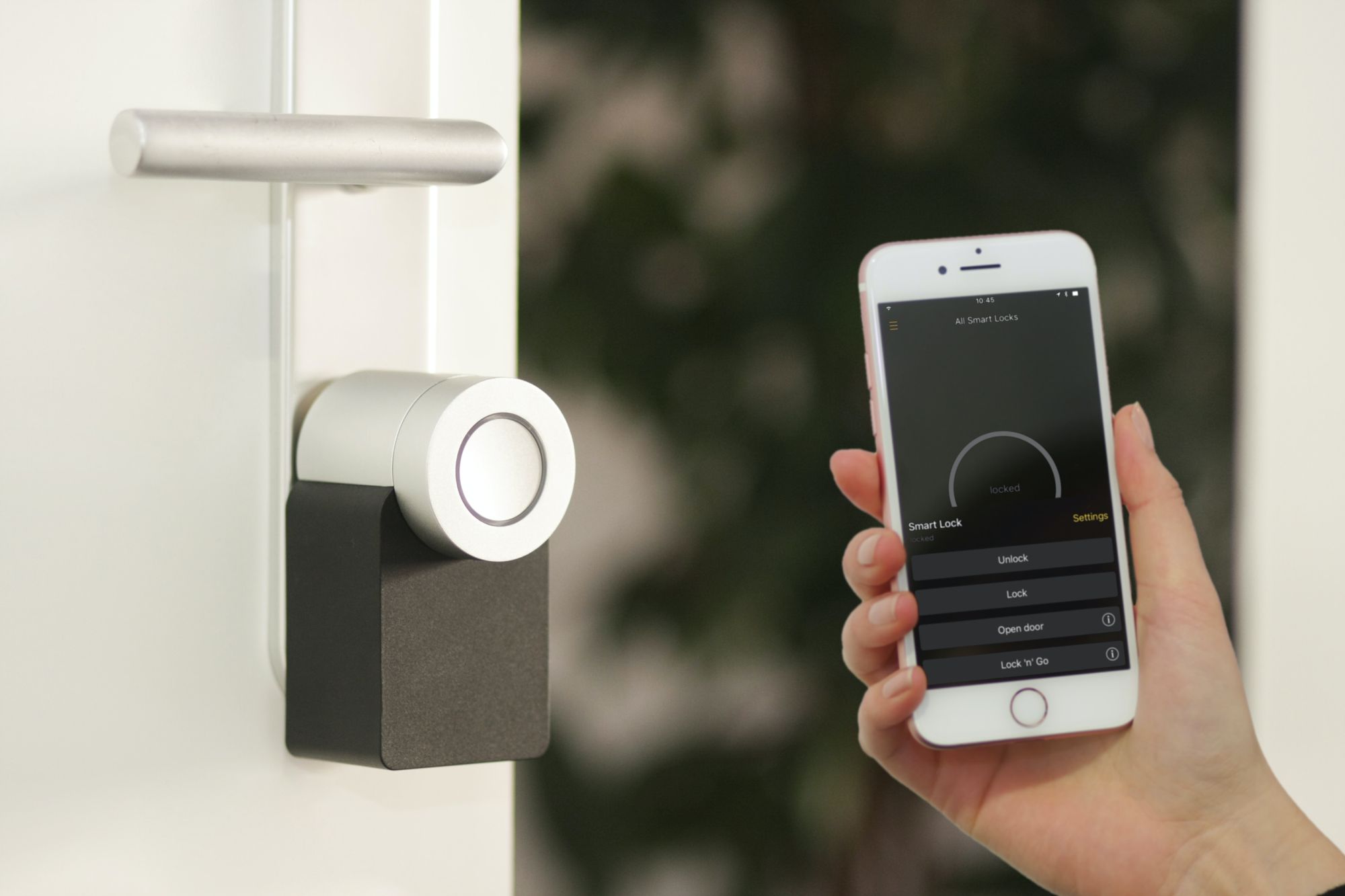
Google Home
A major player in the smart home ecosystem, Google Home offers users a seamless way to interact with and control connected devices. Harnessing the power of Google Assistant, this platform allows voice control, multi-device integration, and routines, making daily tasks effortless. Its open nature further ensures compatibility with a wide array of devices across various brands.
Apple HomeKit
Designed for the Apple ecosystem, HomeKit stands out with its emphasis on privacy and security. While it may have a more selective range of compatible devices, the platform's strength lies in its user-friendly interface, integration with Siri, and encrypted data protection. HomeKit aims to deliver a smart home experience that's both intuitive and secure.
Amazon Alexa
Amazon's Alexa has evolved from a voice assistant to a full-fledged smart home platform. Its expansive range of "Skills" and compatibility with thousands of devices makes it a versatile choice for homeowners. With features like voice control, routines, and third-party integrations, Alexa offers a robust platform for holistic home automation.
Others
While the aforementioned platforms dominate the market, emerging systems like Samsung SmartThings, Zigbee, and Z-Wave are gaining traction. Each brings unique features, from extensive device compatibility to energy-saving functionalities, catering to niche user needs and preferences.
Tips for Building Successful Smart Home Apps
Start with a clear use case
Before diving into the development phase, it's essential to pinpoint the problem you're addressing. Understand the user's needs and challenges. Whether you're designing an app for energy conservation, security enhancement, or simply comfort and convenience, a clear use case will provide direction and purpose.
Prioritize security
With smart homes, the stakes are high. Security isn't just a feature but a foundation. From encrypted communications to regular security patch updates and multi-factor authentication, ensure that protecting user data and their homes are at the forefront of your design and development strategy.
Offer integration
A successful smart home app is one that plays well with others. Ensure your app can effortlessly integrate with popular smart home platforms and devices. Adopting open standards and offering API integrations can significantly elevate the user experience by eliminating the silos between different smart devices.
Focus on user experience
Smart home apps should simplify, not complicate. An intuitive interface, quick response times, and streamlined workflows can make the difference between an app that's cherished and one that's discarded. User feedback is gold; collect it, analyze it, and iterate based on it.
Smart Home App Development with Flutter

Flutter, Google's UI toolkit, has taken the app development world by storm, and its implications in the realm of smart home apps are worth exploring.
Advantages
- Cross-platform Development: Flutter's "write once, run everywhere" approach ensures that you develop your app for both iOS and Android simultaneously, saving time and resources.
- Rich UI Components: With a wide array of widgets and tools at its disposal, Flutter enables developers to craft visually appealing and interactive apps, enhancing user engagement.
- Strong Community Support: The growing Flutter community means extensive libraries, plugins, and solutions for common challenges, ensuring developers aren't reinventing the wheel.
Disadvantages
- Performance Concerns: While Flutter is efficient, real-time applications, especially those requiring instant feedback like some smart home apps, may face minor performance lags.
- Device-Specific Limitations: Certain platform-specific functionalities might require additional native code, potentially complicating the development process.
- Integration Nuances: Flutter's relatively younger ecosystem means it may lack seamless integration with some niche smart home platforms or devices, requiring custom solutions.
For more information, check out our guide on how Flutter app development services can enforce your business.
Conclusion
As we've explored, Smart Home App Development is at the heart of this evolution, seamlessly intertwining technology with our everyday lives. Yet, embarking on the journey of creating a smart home app requires expertise, vision, and the right tools. This is where the prowess of cross-platform development with Flutter shines, offering flexibility, speed, and a rich user experience.
Our team at What the Flutter specializes in leveraging the power of Flutter for cross-platform app development. Whether you're looking to integrate with existing platforms or build a bespoke solution from the ground up, our expertise with Flutter ensures a streamlined development process, delivering a responsive and robust app that runs seamlessly across iOS and Android.
Whether you're a budding entrepreneur with a game-changing idea or a seasoned business aiming to upgrade your offerings, reach out to us, and let's innovate together.


